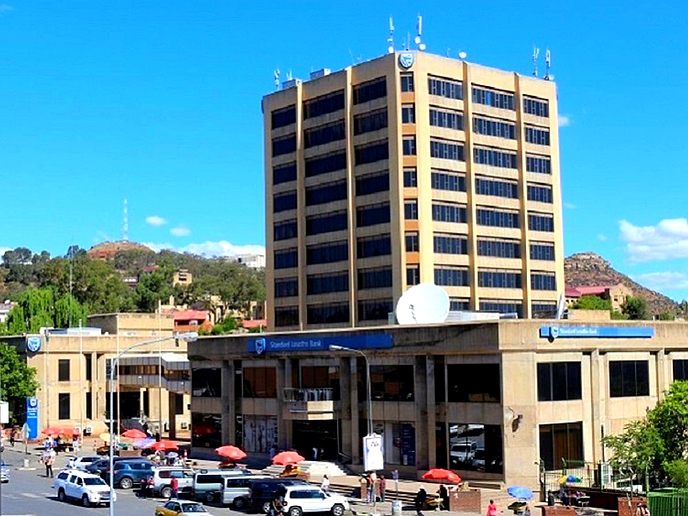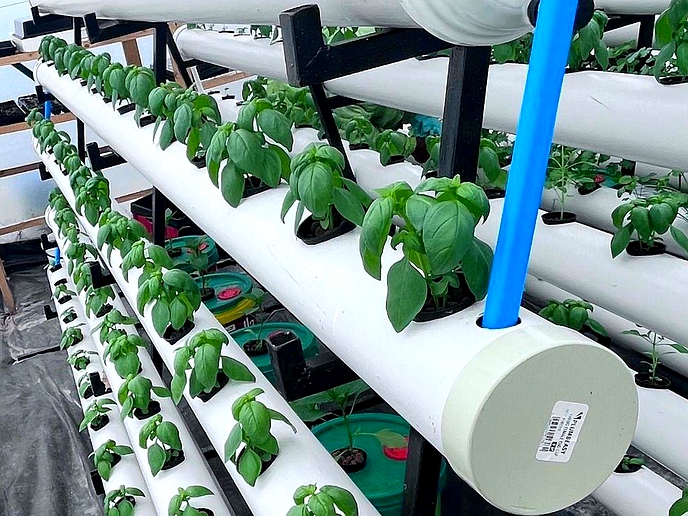THE Diamond Amendment Bill 2021 that was rejected by Senate earlier this month is expected to be gazetted by Friday, according to the Minister of Mining, Serialong Qoo.
business
May 20, 2022
NTSAU LEKHETHO
3 min read
Rejected Artisanal Mining Bill to be gazetted

The Minister of Mining, Serialong Qoo
Story highlights
Qoo told the MoAfrika FM on Tuesday that the Small Scale Mining Bill would be enacted into law despite the Upper House’s objection to the piece of legislation.
The Senate had contended argued that the law was vague and unclear as it did not specify who indigenous Basotho were in order to qualify for artisanal mining licenses.
“They rejected the Bill because they claimed we had to explain what the word Mosotho meant,” Mr Qoo said. “Otherwise, the Bill will be passed into law as Parliament had initially wished it would.”
There is fear that the artisanal diamond mining industry would also be captured by Chinese, Indians and Pakistanis, most of whom are naturalised Basotho.
The local mining industry is monopolised by foreign owned companies and have not contributed meaningfully in furthering the lives of indigenous Basotho.
Chiefs: Peete Lesoaoana Peete, Khoabane Theko and Thato Mohale were some of the senators who were vocal about the rejection of the Bill unless it was returned to Parliament for correction.
Already competing for land acquisition and trade business with the moneyed foreigners, the senators felt the Bill would further disenfranchise Basotho.
The National Reforms Authority (NRA) has also advocated for the inclusion of indigenous Basotho share ownership in the mines with the majority stake owned by government.
Mr Qoo said it was the Government’s plan to reinvest the dividends and royalties into shares in the mines to increase ownership.
“If the Government’s money from the mines was put into a special fund, it would make tangible infrastructure such as roads, water and electricity to which the public would objectively point as having been built by mining profits. For now, the diamond mining proceeds are part of the state fiscus and the public must be aware that the money is used for public goods and services such as health they receive at the clinics and hospitals.”
In her research paper: A concealed economy: Artisanal diamond mining in Butha-Buthe, Esther Makhetha writes that the livelihoods of Lesotho's Basotho people in the highlands of the country depend on this occupation.
Enjoy our daily newsletter from today
Access exclusive newsletters, along with previews of new media releases.
Focusing on the rural artisanal diamond mining communities in Butha-Buthe in the northwest of the country, she draws on ethnographic insights and oral sources from the district's villages of Kao and Liqhobong, the epicentre of artisanal diamond mining in the country.
Ms Makhetha argues that artisanal diamond mining is an indispensable aspect of a livelihood activity – a blend of agrarian and non-agrarian activities characteristic of Basotho forms of economic organisation in the face of economic hardships across time and space.
Her paper offers a window into the activities of a historically and ethnographically hidden economy. It demonstrates that artisanal mining is concealed by two meta-narratives. First, it is historically obscured by popular constructions of the Lesotho economy as a ‘labour reserve’ for South African mines.
Second, artisanal miners conceal their activities and the existence of diamonds as a means to protect themselves against the Government and multinational corporations’ aggressions and criminalisation.
Tailored for you






